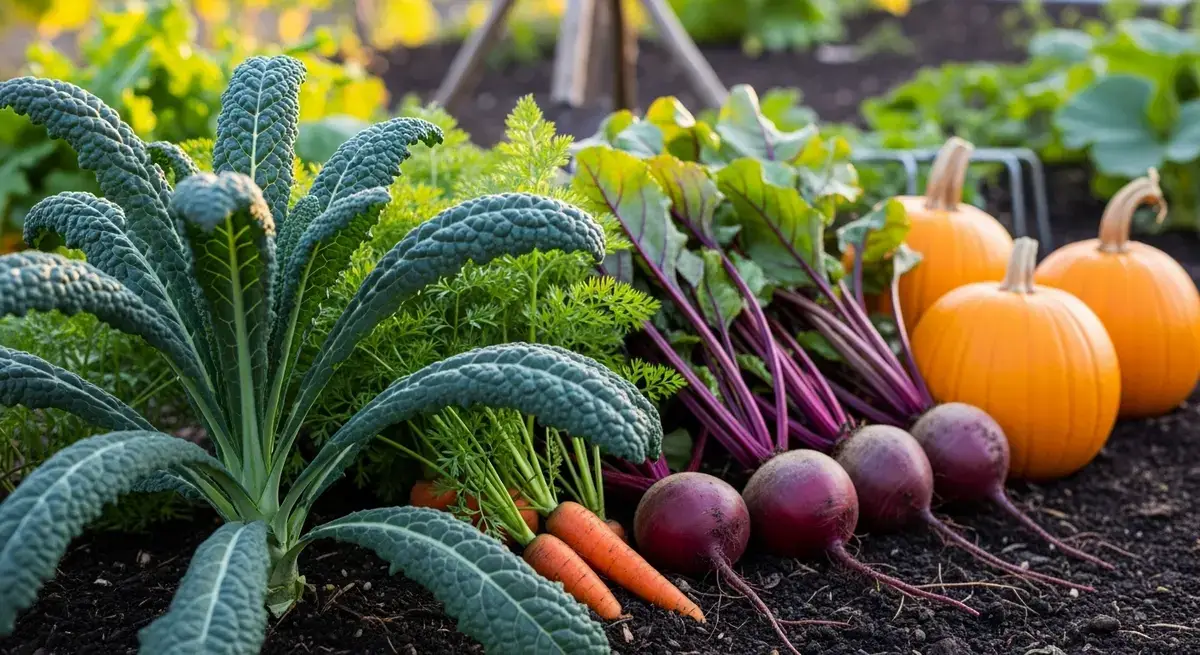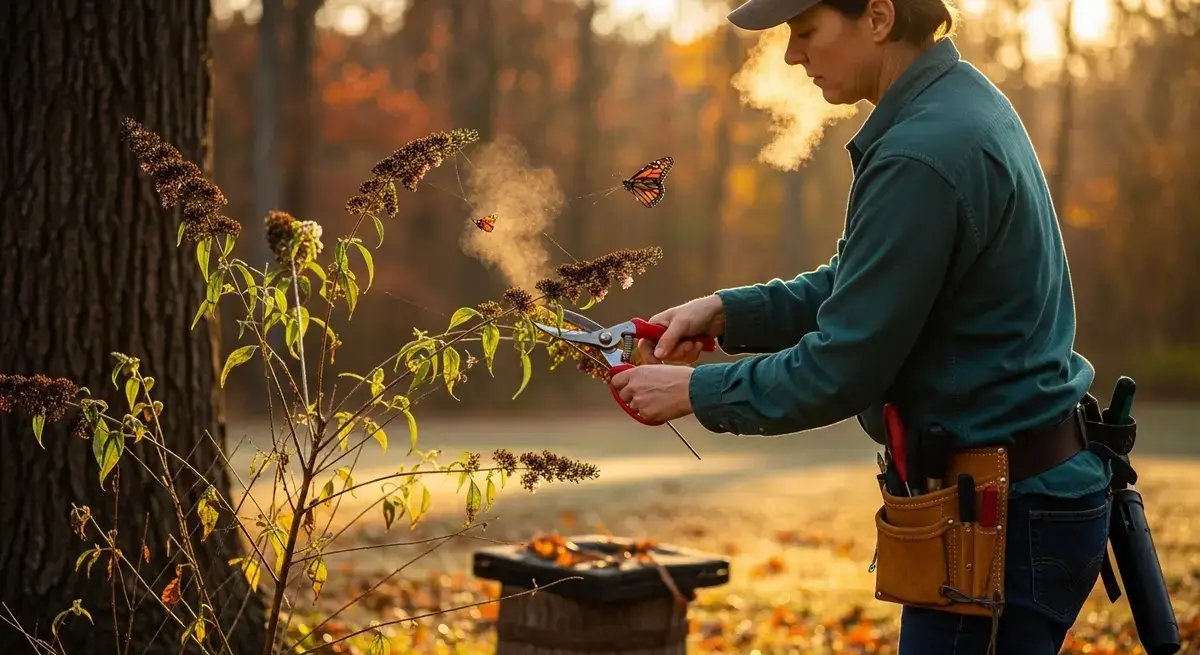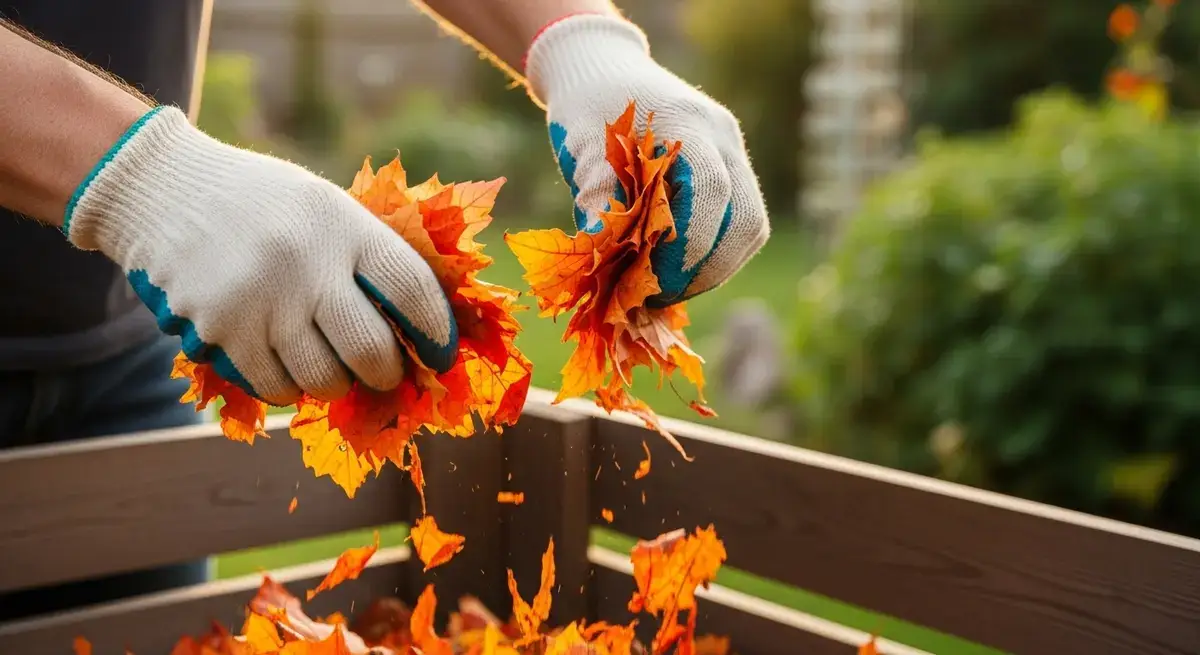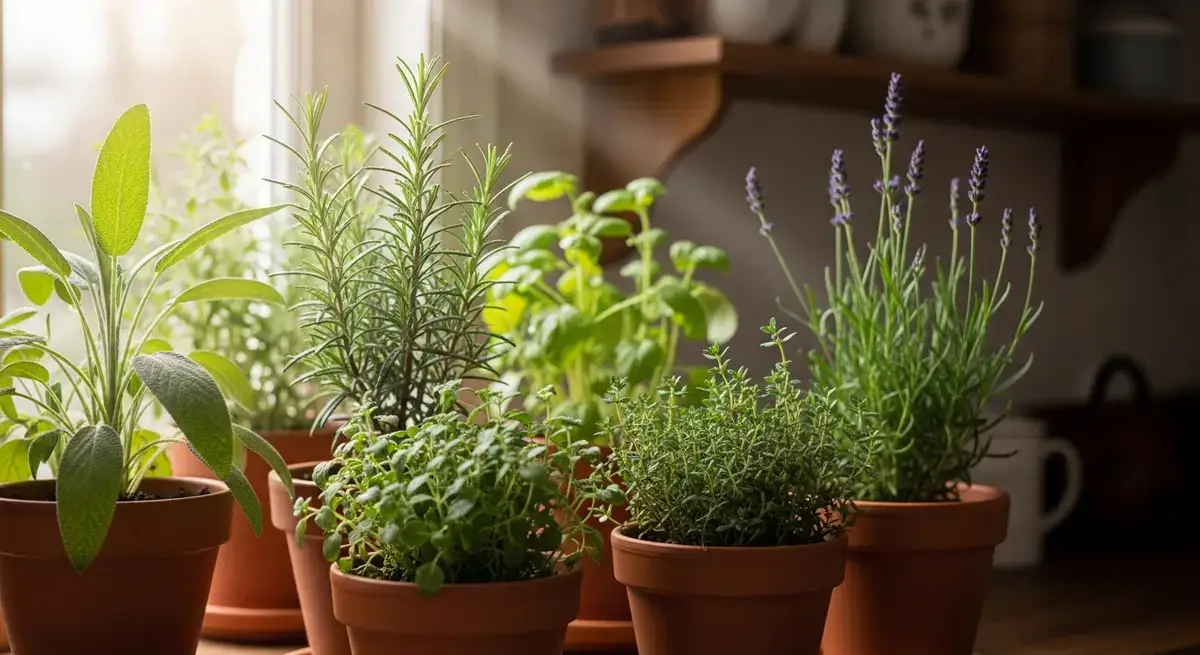
The best vegetables to plant for a fall harvest
Maximize your fall garden with cold-hardy veggies like spinach, kale, carrots, and broccoli. Plant late summer for sweeter, pest-resistant crops and a longer harvest season.
Unlock the Full Potential of Your Fall Garden with These Top Vegetables
Gardening enthusiasts, get ready to embrace the cooler months! Fall offers a unique opportunity to grow a wide range of vegetables that flourish in crisp temperatures. Planting during this season not only results in sweeter, more flavorful crops but also reduces pest problems and extends your harvest window. By sowing seeds from late summer into early fall, you’ll harness the benefits of cooler weather to elevate your garden’s productivity and taste.
Vegetables That Shine in a Fall Garden
Leafy Greens That Thrive in Cool Weather
Spinach
Spinach stands out as a cold-hardy superstar perfect for fall planting. It matures quickly—usually within 40 to 50 days—and flourishes in cooler climates. For the best results, apply mulch to help regulate soil temperature and lock in moisture. This simple step can dramatically boost your spinach harvest, keeping fresh greens on your table well into autumn.
Kale
Kale is a nutrient-packed green that becomes sweeter after a frost, making it a fall favorite. Plant it in late summer, and expect a 60 to 80-day growing period. Its versatility in the kitchen—from salads to smoothies and sautés—makes kale a must-have in your fall garden.
Root Vegetables Bursting with Flavor
Carrots
Carrots are perfect for fall gardens and are known to store well through the winter. A light frost can even enhance their natural sweetness. Plant them in loose, well-drained soil about 1/4 to 1/2 inch deep to encourage healthy root development. Ensuring the soil is soft and deep enough allows carrots to grow straight and tender, delivering that classic crunch you love.
Beets
Beets are another frost-tolerant root vegetable that thrives in late-season planting. Sowing them in late summer gives them time to mature before hard freezes arrive. Beyond their vibrant color and earthy flavor, beets pack a nutritional punch, making them a smart addition to your fall garden.
Parsnips
Though slow to germinate, parsnips reward patience with their sweet, nutty flavor. They prefer well-drained, organic-rich soil and benefit from being planted directly into the garden. Don’t be discouraged if they take a while to sprout—good things come to those who wait!
Brassicas: The Cool-Season Champions
Broccoli
Starting broccoli seedlings in late summer sets you up for a bountiful fall harvest. This frost-resistant vegetable produces tasty heads when given proper care, including consistent watering and nutrient-rich soil.
Cabbage
Timing is key for cabbage—transplant early enough to harvest before heavy freezes hit. Varieties like Savoy and Napa cabbage excel in fall gardens, offering unique textures and flavors that add variety to your meals.
Cauliflower
Fall-grown cauliflower is prized for its tender heads and delicate taste. It requires steady watering and careful nutrient management, but with the right attention, it can become a standout in your autumn harvest.
Other Fall Favorites to Consider
Brussels Sprouts
Brussels sprouts shine as a late-season vegetable that can be harvested well into winter. Their robust flavor and persistence make them a worthwhile investment for your fall garden.
Pumpkins and Winter Squash
Don’t overlook pumpkins and winter squash varieties like butternut, acorn, and hubbard. These hearty vegetables store exceptionally well, allowing you to enjoy their rich flavors long after the growing season ends.
Expert Tips to Ensure a Bountiful Fall Harvest
Mastering the Timing of Your Fall Planting
Planting at the right time is essential for success. Aim to start your fall garden from mid to late summer, aligning each vegetable’s maturity period with your area’s first frost date. This strategic timing helps you avoid crop loss and maximizes your yield.
Preparing Your Soil and Garden Environment
Keep Soil Moist and Healthy
Well-prepared soil is the foundation of a thriving fall garden. As temperatures drop, make sure your soil stays moist yet well-aerated. Adding organic matter can improve soil texture and fertility, giving your plants the nutrients they need to flourish.
Harness the Power of Mulching
Mulching protects your plants from temperature swings and conserves moisture. Applying a layer of organic mulch keeps soil temperatures stable and supports healthy root development, giving your vegetables the best chance to thrive.
Boost Your Fall Garden’s Productivity with Companion Planting
Companion planting is a smart way to enhance your garden’s health and yield. Herbs like basil, cilantro, and dill thrive alongside cool-season vegetables, helping deter pests and enhancing flavors. Incorporating these herbs into your fall garden creates a diverse and vibrant ecosystem that benefits every plant.
Fall offers a fantastic window to grow a variety of vegetables that embrace the chill and reward you with rich flavors and abundant harvests. By choosing the right crops, timing your planting carefully, and nurturing your soil, you can create a fall garden that keeps your kitchen stocked with fresh, delicious produce well into the cooler months.

Alex Ryder
Alex lives and breathes cars. He delivers engaging, hands-on reviews of the latest models, combining technical knowledge with a pure passion for the driving experience. His articles are for enthusiasts who want to know how a car truly feels on the road.
More Related Posts

Essential fall pruning for healthier trees and shrubs
Unlock the benefits of fall pruning to boost tree and shrub health, enhance blooms, and prevent disease. Learn the best timing, techniques, and plants for a vibrant, thriving garden year-round.

A simple guide to composting your fall leaves
Turn your fall leaves into nutrient-rich compost to boost your garden naturally! Learn eco-friendly tips for shredding, balancing greens and browns, and speeding up decomposition for healthier soil.

How to create an indoor herb garden for the winter
Create a thriving indoor herb garden this winter with sage, rosemary, and thyme. Boost your cooking, purify your air, and brighten your home with easy indoor herb gardening tips.

The best vegetables to plant for a fall harvest
Maximize your fall garden with cold-hardy veggies like spinach, kale, carrots, and broccoli. Plant late summer for sweeter, pest-resistant crops and a longer harvest season.
